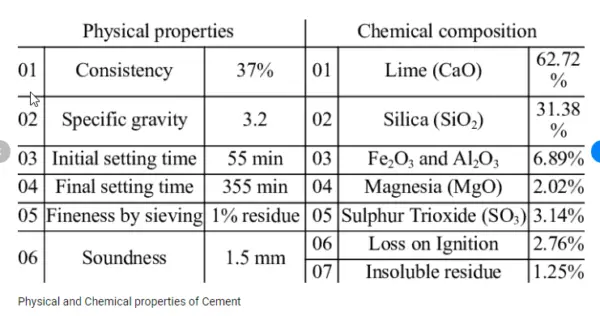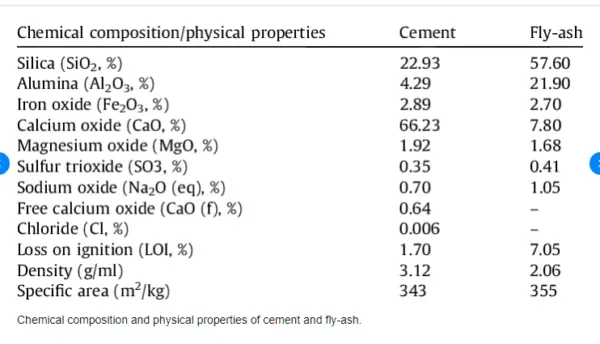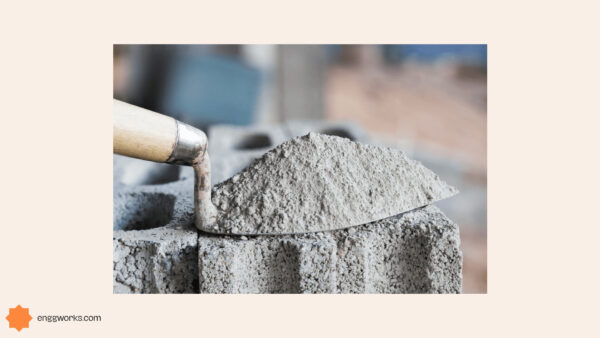RCC Beam – The Complete Guide
A RCC beam is a structural member designed to resist bending and shear forces along with supporting loads. The beam is made of a concrete that has been reinforced with steel bars or mesh, increasing the structure’s tensile strength and enabling it to withstand bending and shear pressures. It stands as a cornerstone of structural…






